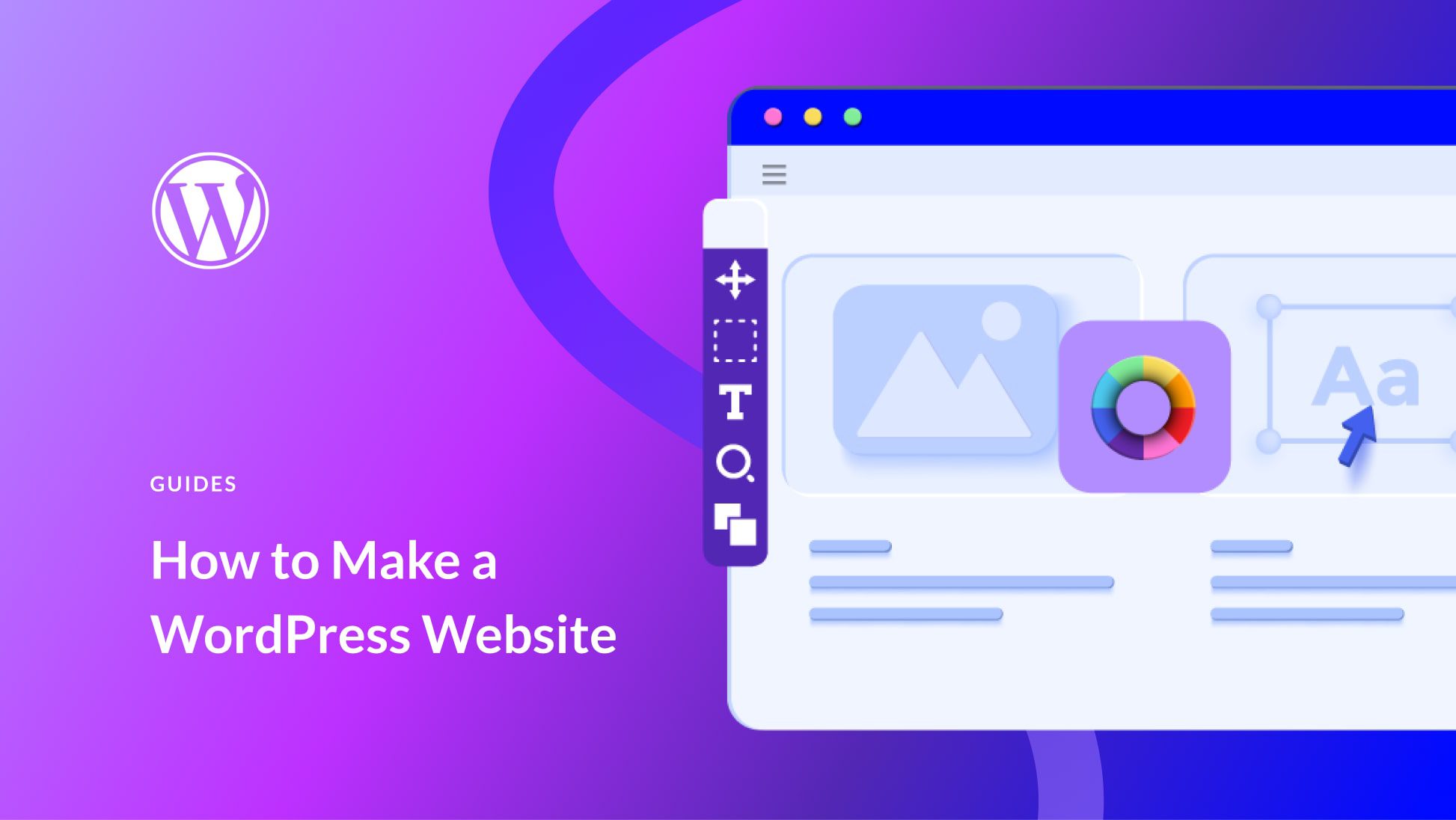WordPress stands out as a widely acclaimed content management system (CMS) that streamlines the intricate process of website creation and management. Regardless of whether you’re a blogger, freelancer, or business owner, WordPress presents an accessible learning curve, myriad customization options, and the capability to craft diverse types of websites. This comprehensive guide navigates you through the entire process of constructing a WordPress website, from acquiring a domain and hosting to crafting and launching your site.
Originally conceived in the 1990s as a blogging platform, WordPress has since matured into an adaptable CMS catering to an array of website types, encompassing membership sites, forums, learning management systems (LMS), and e-commerce platforms. Offering an intuitive interface, an extensive array of themes and plugins, and unparalleled flexibility, WordPress empowers users with the authority to breathe life into their digital domains. Whether you are a novice or an adept web developer, WordPress furnishes a user-friendly and scalable solution for initiating and maintaining your online presence.
Choosing WordPress for your website unfolds as a judicious decision for a multitude of reasons. In addition to its versatility, customization potential, and user-friendly interface, WordPress boasts a sprawling community of developers consistently sharing invaluable tips and tricks. Furthermore, WordPress is an open-source platform, available for free, although additional expenses may be incurred for hosting, plugins, and acquiring a domain. Novice WordPress users are also welcomed into a supportive ecosystem, replete with resources and assistance to facilitate an effective grasp of the platform.
Embarking on the journey to create a WordPress website necessitates several prerequisites, including a domain, web hosting, and a blueprint for the site’s architecture. The initial step involves selecting a domain name resonating with your brand and business. Meticulous research and choice of the optimal domain name are crucial. Decisions like the top-level domain (TLD) extension, such as .com, require consideration. Domain acquisition can be executed through a hosting provider or a dedicated domain registrar like Namecheap. It is generally advisable to maintain a separation between your domain and hosting provider to wield greater control over your website.
Following domain acquisition, securing a WordPress hosting plan becomes imperative. Survey various hosting types to align with your specific needs. Seek a host that aligns with your budget while furnishing features such as guaranteed uptime, security updates, SSL, email services, backups, staging sites, and robust security measures. Noteworthy among these hosting providers is SiteGround, renowned for WordPress optimization, robust support, and cost-effective plans. Their StartUp plan, tailored for beginners, includes 10 GB of storage, SSL, CDN, business email, migration, staging, and more.
Prior to initiating the design phase, it is instrumental to plan your site’s structure. Contemplate the inclusion of pages such as ‘About,’ product/service pages, a blog, and contact information. This preliminary mapping of pages and content facilitates the creation of a well-organized and easily navigable website. Moreover, this planning process contributes significantly to search engine optimization (SEO), enabling content optimization and the provision of a seamless user experience.
Once all preparatory steps are complete, you can proceed with building your WordPress website. The initial phase involves installing WordPress, a process that varies depending on your chosen hosting provider. SiteGround simplifies this step with a user-friendly installation process requiring just a few clicks. Post-installation, the subsequent step is selecting a theme, determining the visual identity of your website. Both free and premium themes are available, each offering customization options to align with your brand aesthetics. You can explore the WordPress directory or upload a premium theme for added personalization.
With your chosen theme installed and activated, the creation of pages can commence. Typically, this includes a home page, ‘About’ page, services page, blog, and contact page. Crafting new pages is a seamless process through the WordPress dashboard. Finally, you can infuse content and further customize your website, rendering it distinctly aligned with your brand. Following these steps ensures you are well on your way to constructing a successful WordPress website that seamlessly integrates functionality and aesthetics.



2 comments
[…] routings, just replicate these procedures. Upon readiness to launch the automatic process on your WordPress website, toggle the ‘Inactive’ slider to […]
[…] to take your WordPress site online, you’ll require a domain name, server space, and other resources, which web hosting providers […]